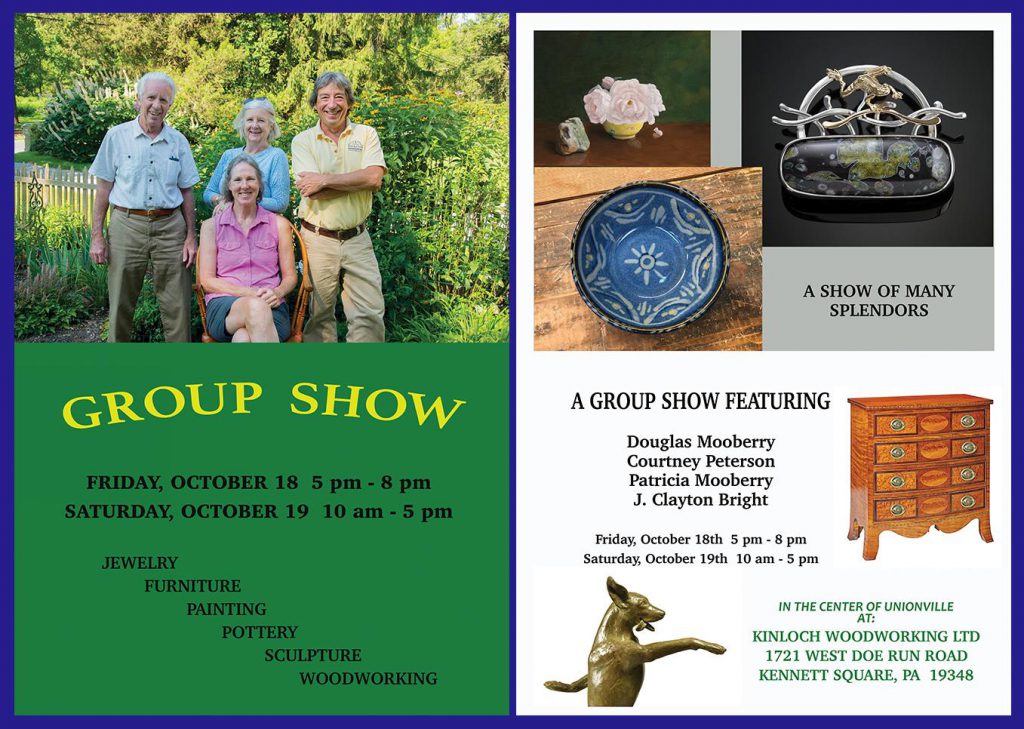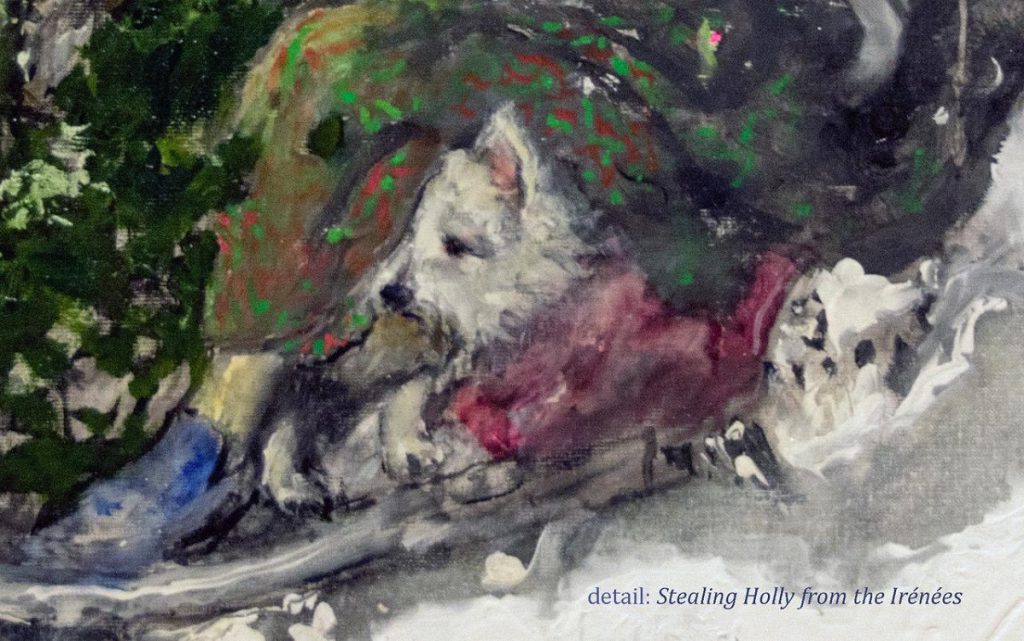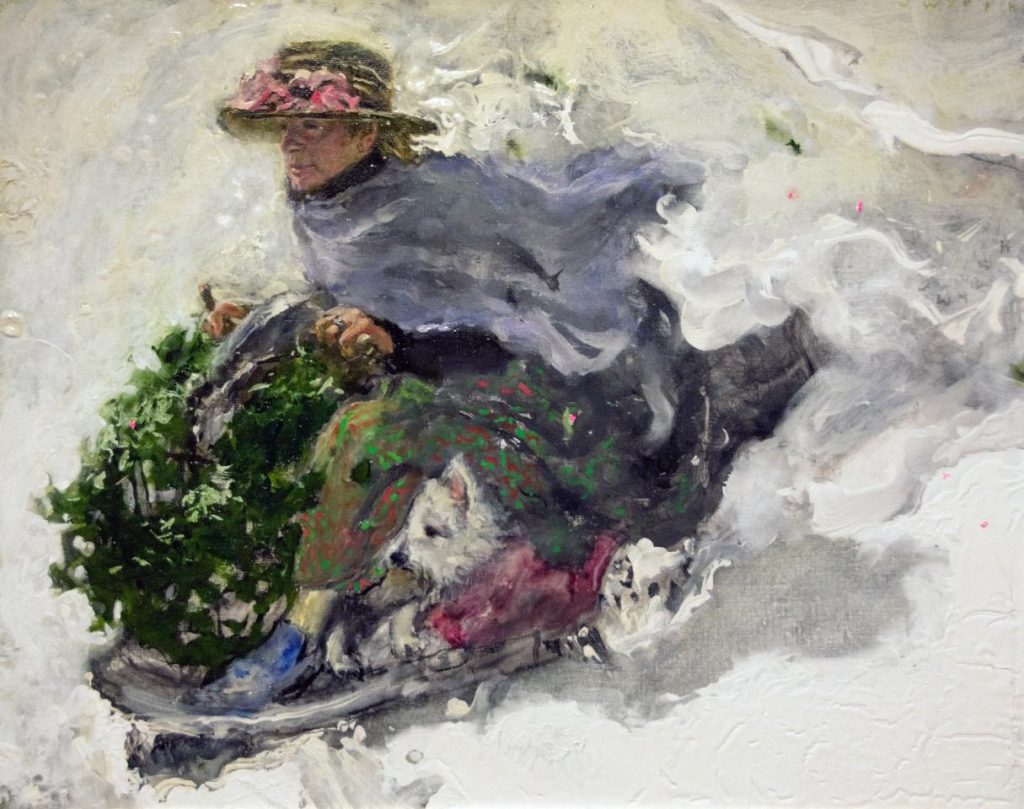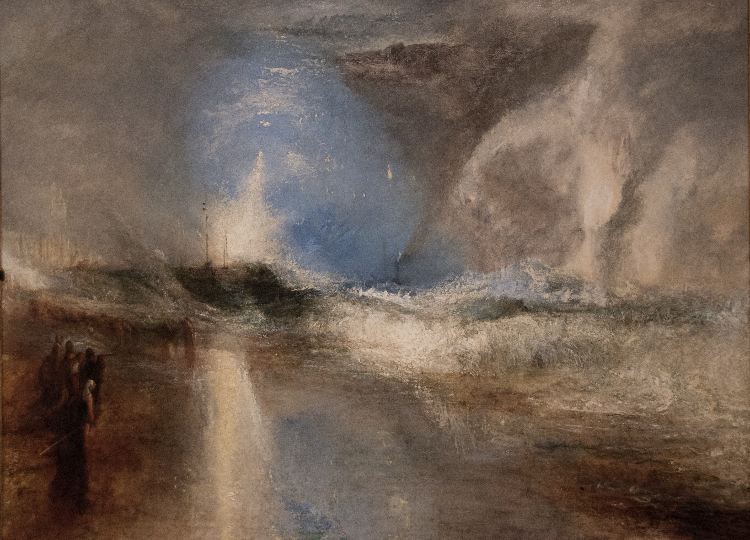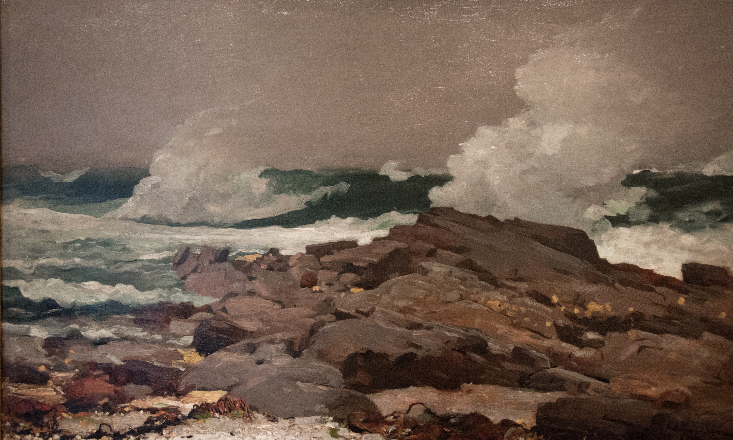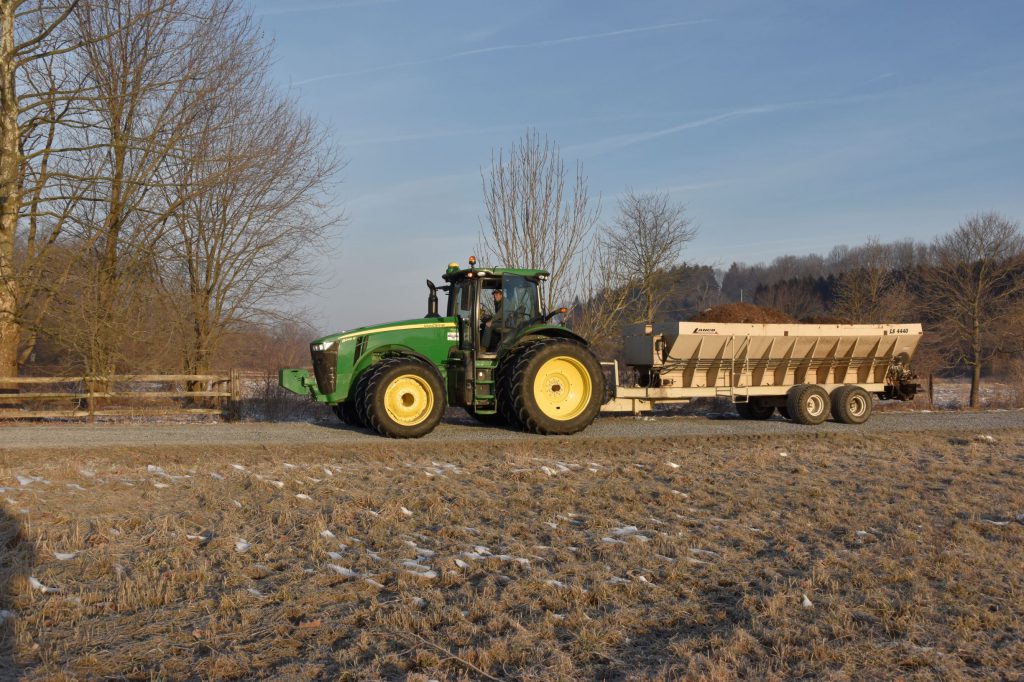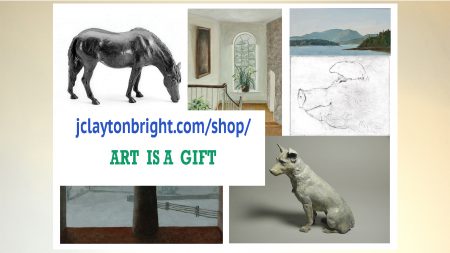
At this time of year there are a lot of comments on presents. What’s fun about presents is receiving something you didn’t know you would enjoy, but once you have it, you do quite enjoy it. That concept also holds true at a good museum show. The present, in this case, is the discovery of new artist or a new work that you didn’t know before, but with which you become quite enamored once discovered.
A case in point is at the Phillips Collection in Washington, D.C., where there currently is a survey of Nordic art from the 18th and 19th centuries. It is a major survey of Nordic art spanning nearly 200 years. It features works by 53 artists from Denmark, Iceland, Finland, Norway, and Sweden, as well as the self-governing islands of Åland, Faroe, and Greenland.
I have a special affinity for Nordic art. I enjoy the atmospheric light, the uncluttered compositions, and the sense of calm which the paintings have. One could never mistake an 18th or 19th century Scandinavian painting for a French academic one. Nor could they be confused with a 16th century Dutch still-life with so many fruits crammed onto a table that the table itself would need special supports to keep it from collapsing. Their restrained sense of color adds greatly to the relaxed impression with its cool/warm balance that is just that – a clear balance.
To my eye, the two greatest “presents” of the show were a 1903 self-portrait by Elin Danielson-Gambogi (1891-1919) and Braiding Hair (1880) by Christian Krohg’s (1852-1925).
Danielson-Gambogi was sparse in her use of paint, color, line, light, even varnish. (The finished portrait has a flat, unvarnished surface enhancing its sparse coolness.) However, there is nothing sparse about the capturing of personality. Using an unusual, low, view point the painting states quite clearly Danielson-Gambogi’s inter-strength and mood at the time. The character statement is in fact so strong, that one has to remind oneself to look beyond it to see how the portrait was painted. Danielson-Gambogi plays the thin paint film to great effect, particularly in her hair. Close inspection revels how she changed her dress’s shoulder to simplify the line running up her shoulder, along the side of the face, across the forehead, and down the other side.

Christian Krohg’s painting is at the other extreme. The paint is thick and lush, the atmosphere is warm, and it’s about relationships, not personality. He creates great volume in his handling of the dresses; real people are inside those dresses. The warmth of the background is offset by cool blue of the dresses, while the well-lit hand and face of the mother provide warmth in the painting. Take note of how the shape of girl’s part mirrors her mother’s hand – a neat means of tying them together with great sympathy.
